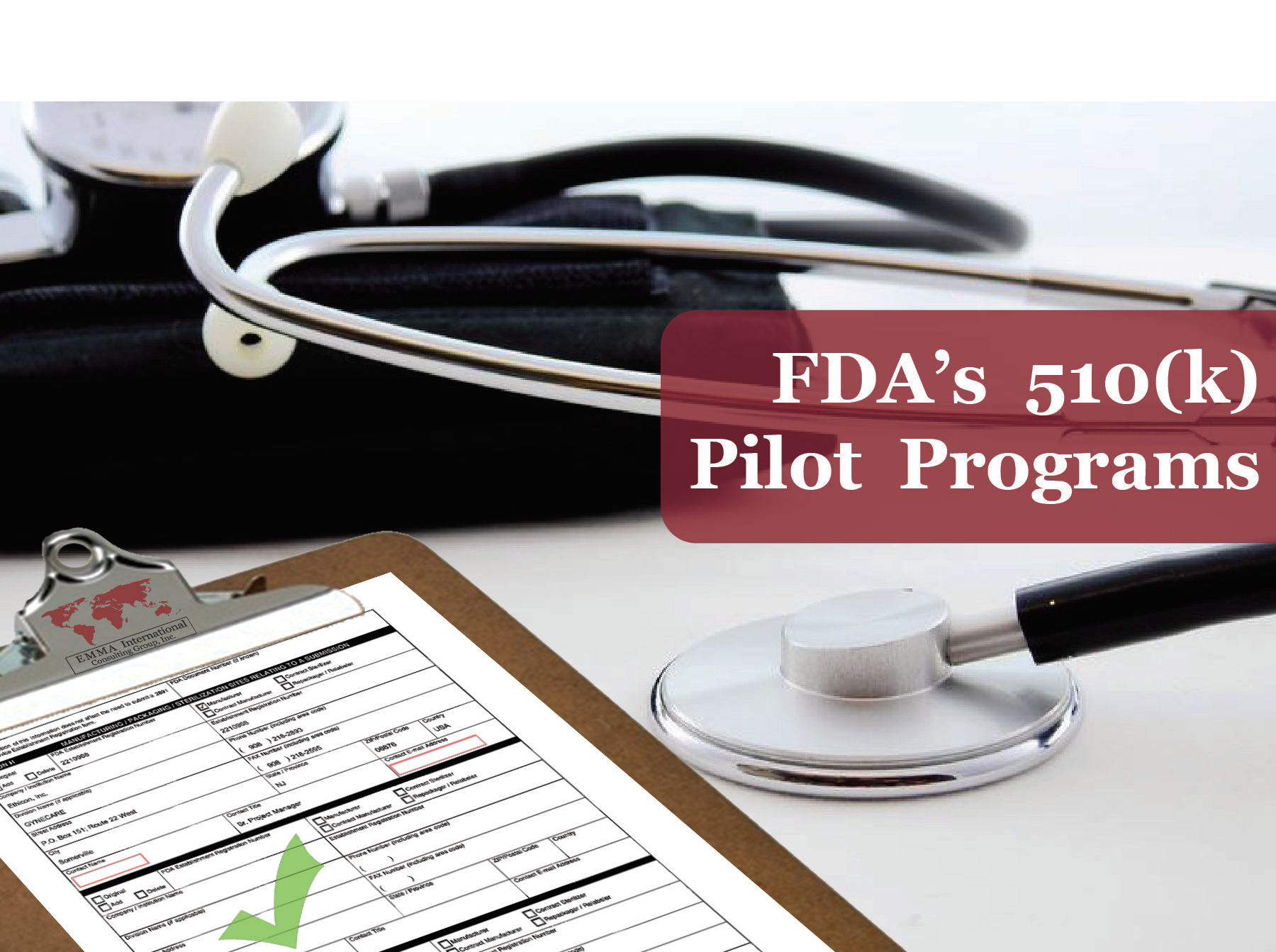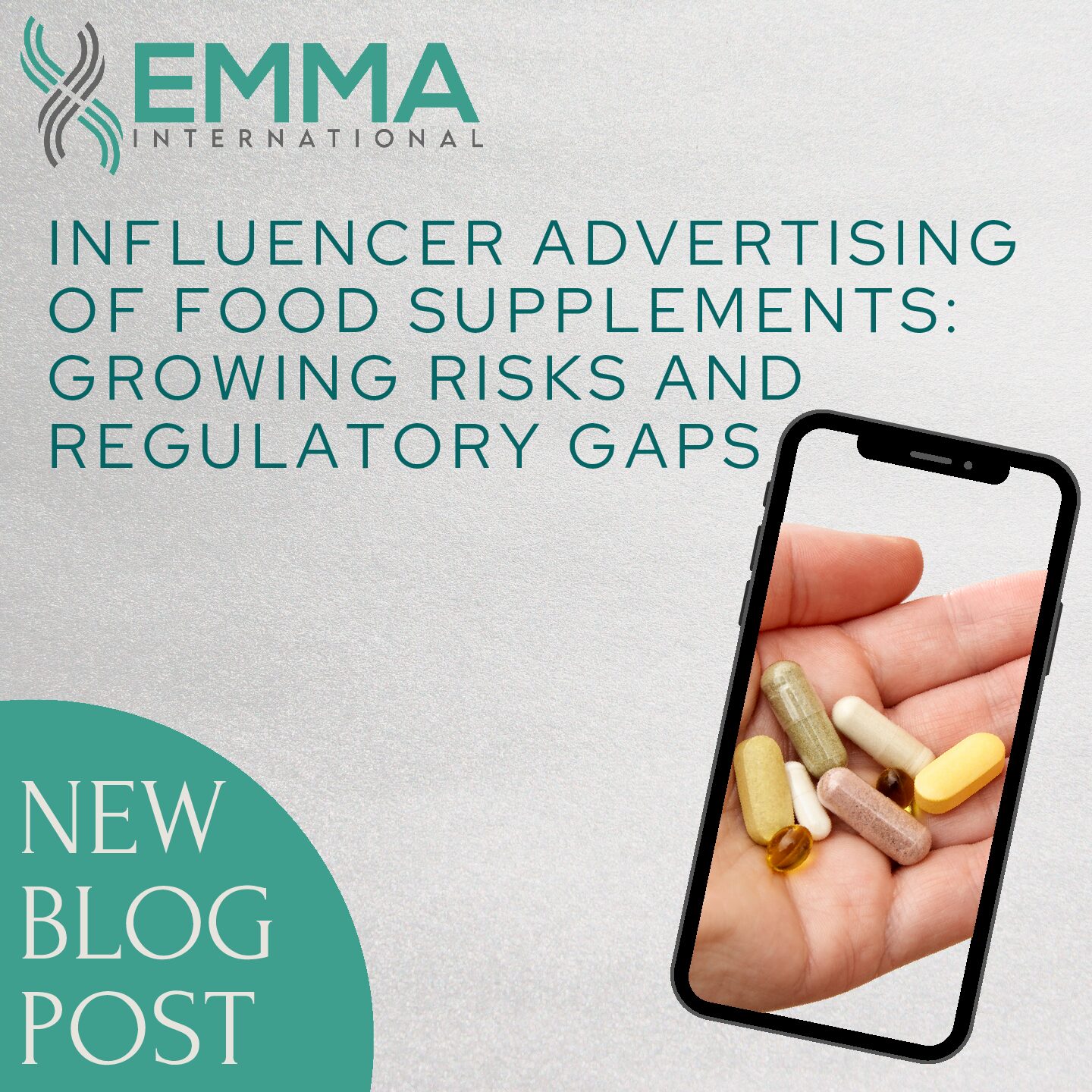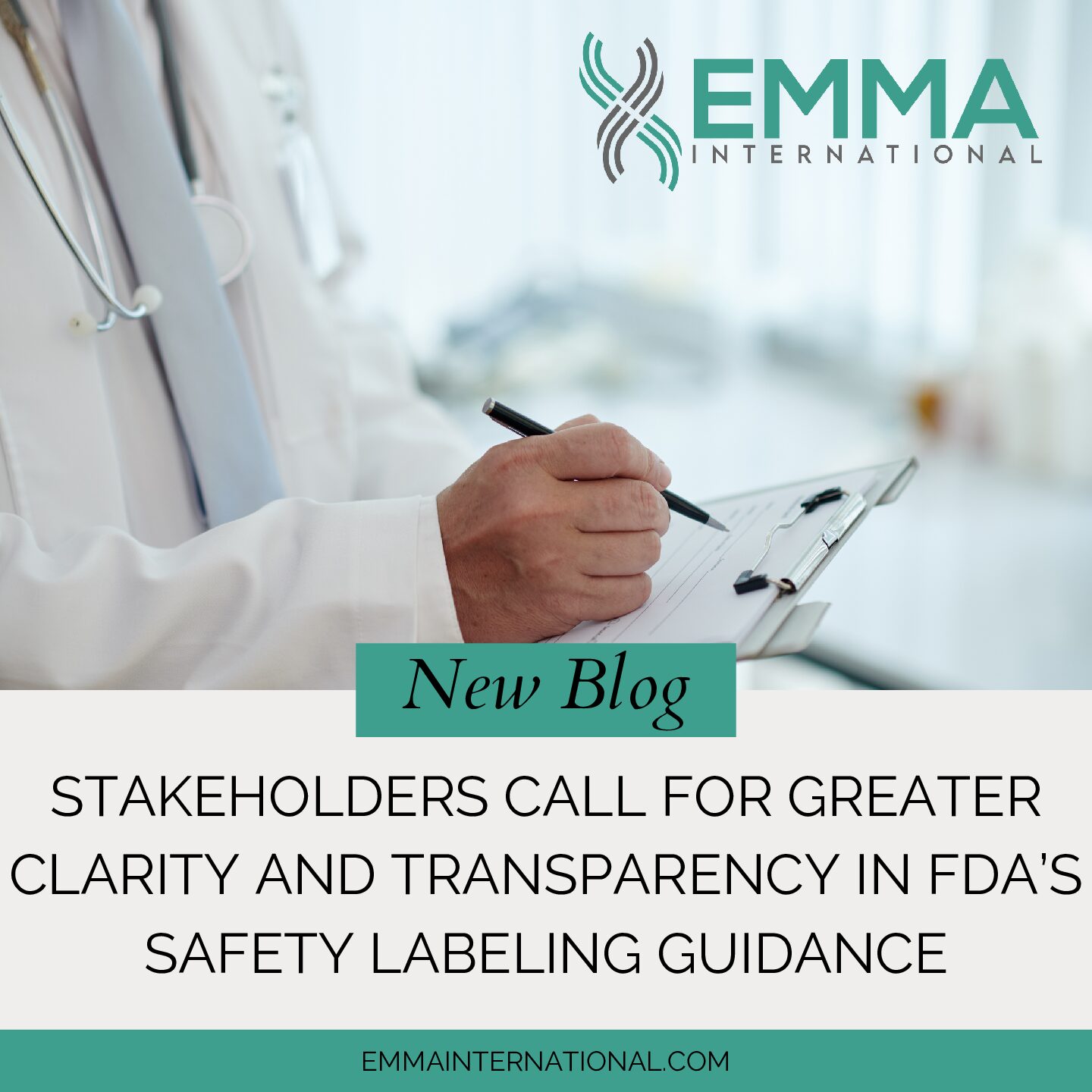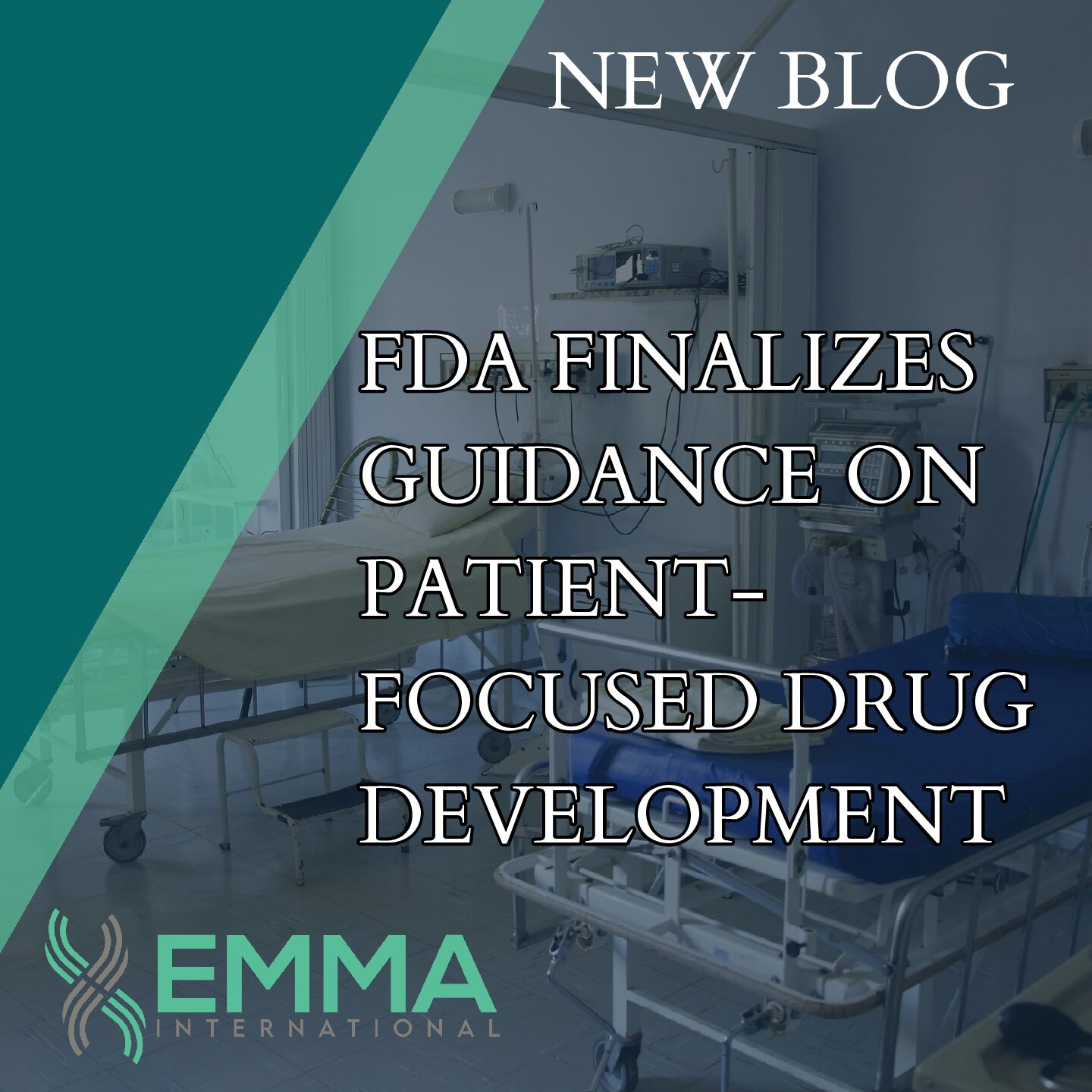The FDA’s 510(k) process for medical devices is doing a lot of rounds in the news lately. This includes the FDA Commissioner Dr. Scott Gottlieb’s announcement on the renovation to the 510(k) program1 and two new pilot programs initiated by FDA: the Quality in 510(k) (“Quik”) Review and the Special 510(k) pilot programs. In this week’s blog, we are shedding some light on what you should expect from the Quik 510(k) and the Special 510(k) programs.
The Quik 510(k) review program pilot
The Quality in 510(k) Review Program pilot was launched on September 6, 2018, to evaluate the efficiency of the FDA’s Quik 510(k) review process and the eSubmitter software for specific device types.2 The program allows participating manufacturers to submit their 510(k) applications using FDA’s free eSubmitter software.
In the current program, 39 product codes3 have been identified by the FDA to be eligible for the quik program, whose manufacturers can use the quik program to obtain clearance. FDA states that these products are well-understood by the agency and can be reviewed in an efficient manner.2 Additional product codes might be added after FDA collects the data from the pilot program and gains a better understanding of processes to put forward for this program.
The program offers great benefits to the industry who plans to use this program: a 60-day review timeline (versus 90 days for a Traditional 510(k)) and an interactive review process [meaning that the FDA will not put an application on hold even if additional information is deemed necessary]. In turn, it becomes the manufacturer/applicant’s responsibility to respond quickly to FDA when such information is requested.
Your device must meet the eligibility criteria before seeking clearance through this program; which are:
- The device must belong to the product codes list eligible for this program
- The device should not be a combination product
- CDRH must be the lead center for the pre-market review of that device
- The submission is prepared using the eSubmitter template “CDRH: Non-In Vitro Diagnostic Device – 510(k)”.
What should you do if you want to submit a Quik 510(k)?
- Your 510(k) application must be built using the CDRH‘s “Non-In Vitro Diagnostic Device – 510(k)” template from the FDA eSubmitter software. Note that the information required to submit a quik 510(k) remains the same as the information required to submit a Traditional 510(k).
- At the end of the application completion on the software, the software will convert the submission into a ZIP file. This file will then have to be copied onto a CD, DVD, or a flash drive.
- The eSubmission package must be submitted to the CDRH document control center along with a cover letter that includes a specific statement for the application’s inclusion in the quik program pilot.
- Finally, pay the user fees, which are equivalent to the Traditional 510(k).
What if my submission is found ineligible?
- If the application is found to be ineligible to be included in this program, the application will be reviewed according to the Traditional 510(k) review procedure and the applicant will be informed via email.
No paper copies are submitted during this process; thus, reducing a tremendous documentation workload on companies. In addition, the use of a template aids in maintaining uniformity throughout all the applications received, which facilitates the efficiency of CDRH’s decision-making process.
The Special 510(k) Program Pilot
A Special 510(k) is a pre-market notification submitted to the FDA for a modification made to a device that has been cleared under the traditional 510(k) process. The pilot program was initiated by FDA to expand the existing Special 510(k) program to include certain design and labeling changes.2 The pilot will collect information to test whether certain design and labeling changes can be submitted in a Special 510(k) and still ensure safety and effectiveness of the device.
As of now, any design and labeling changes require a submission of a Traditional 510(k) that goes through the 90-day review period. However, with this program in place, FDA expects the timeframe to be reduced to 30 days for certain changes, thus, speeding up the availability of new devices in the market.
The device and the modifications made must meet certain criteria to be eligible for this pilot:2
- The proposed change is made and submitted by the manufacturer authorized to market the existing device,
- Performance data are unnecessary, or if performance data are necessary, well-established methods are available to evaluate the change, and
- All performance data necessary to support substantial equivalence can be reviewed in a summary or risk analysis format.
The process of preparing and submitting a special 510(k) remains the same as established previously.4 All 510(k) submissions marked and eligible as a Special 510(k) will be considered for the pilot program. In the event that the application is found to be ineligible by the FDA for this program, the application will be reviewed through the traditional 510(k) process and the applicant will be notified.
The expansion of the Special 510(k) program to allow certain design and labeling changes appears to be an effort to incorporate more of quality control measures into the 510(k) process. This program also helps the companies to incorporate design and labeling changes in their remediation measures without the burden of a whole new 510(k) process.
If you need help submitting a 510(k), or want to know more about these pilot programs, please call (248) 987-4497 or send an email to info@emmainternational.com.
Our Regulatory Affairs Specialist MS. Song Seto also contributed to this blog with her expert regulatory insight
1FDA (November 2018) Statement from FDA Commissioner Scott Gottlieb, M.D. and Jeff Shuren, M.D., Director of the Center for Devices and Radiological Health, on transformative new steps to modernize FDA’s 510(k) program to advance the review of the safety and effectiveness of medical devices retrieved on 12-04-2018 from https://www.fda.gov/NewsEvents/Newsroom/PressAnnouncements/ucm626572.htm
2FDA (2018) 510(k) Program Pilots retrieved on 12-04-2018 from https://www.fda.gov/MedicalDevices/DeviceRegulationandGuidance/HowtoMarketYourDevice/PremarketSubmissions/PremarketNotification510k/ucm618561.htm#quik
3FDA (2018) 510(k) Program Pilots retrieved on 12-04-2018 from https://www.fda.gov/MedicalDevices/DeviceRegulationandGuidance/HowtoMarketYourDevice/PremarketSubmissions/PremarketNotification510k/ucm618561.htm#list
4FDA – How To Prepare A Special 510(k) retrieved on 12-04-2018 from https://www.fda.gov/MedicalDevices/DeviceRegulationandGuidance/HowtoMarketYourDevice/PremarketSubmissions/PremarketNotification510k/ucm134573.htm#criteria






